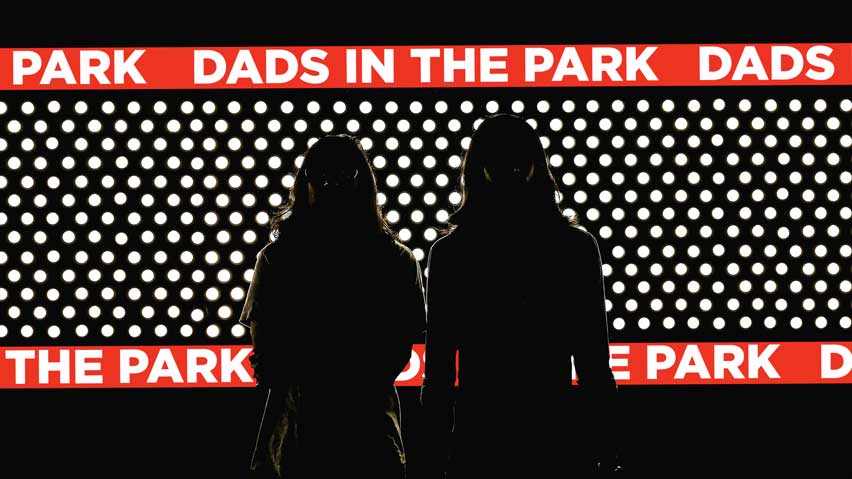Spotlight



Changing the Face of Indian Food in the West: Chintan Pandya & Roni Mazumdar







For centuries, artists have pushed against the limits of power, only to see their work censored or erased. Banksy’s vanished mural outside London’s Royal Courts of Justice shows how art often collides with authority.
ADVERTISEMENT
Banksy’s mural, a judge in wig and gown bludgeoning a protester- lasted just three days. Authorities quickly covered it, calling it “criminal damage” under the UK’s Criminal Damage Act of 1971. Its fate echoes a long history of censorship where law, politics, and morality clash with expression.

In 1566, Protestant reformers stormed Antwerp’s cathedral and destroyed much of Frans Floris’s Fall of the Rebel Angels, leaving only a scarred central panel. Centuries later, Goya’s La Maja Desnuda faced the Spanish Inquisition, locked away for indecency until 1836.
Political dissent faced harsher punishment. In 1831, Honoré Daumier’s Gargantua mocked King Louis-Philippe as a bloated giant devouring citizens’ wealth. Authorities jailed Daumier, destroyed the lithograph stone, and banned the work. Yet copies survived in secret, proving censorship often fuels resistance.

Whether Banksy faces prosecution remains uncertain. What is certain is that censorship rarely silences art. Erasure often gives it new life, making what disappears echo louder than what remains.
Want to know more about this? Visit BBC.
ADVERTISEMENT
